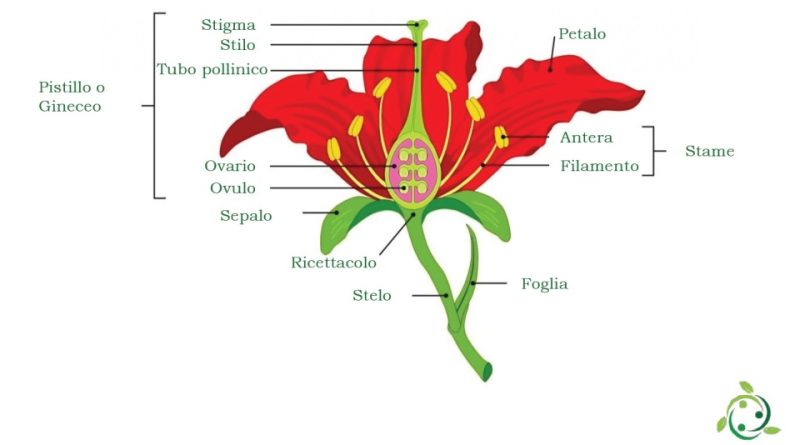Dioecious
Dioecious
The term dioecious, in botany, means a sexual reproduction system present in a plant in which a species bears male (only stamens) and female (only pistils) flowers on different plants.
The term dioecious is a word that derives from the Greek διοικία = two houses and refers to the fact that a species has male and female individuals.
Dioecious species have a different reproductive and sexual system than monoecious ones.
It indicates that the male (male cones in gymnosperms and stamens in Angiosperms) and female (female cones in gymnosperms and pistil in Angiosperms) reproductive organs are borne on two distinct plants.
In dioecious plants, therefore, we find specimens with male and female flowers within the same species. In this sense, the male and female gametes are produced on two distinct and different plants.
In dioecious species, male and female plants normally do not have relevant morphological differences, except in the period in which they produce the gametes, i.e. when the reproductive structures appear.
Another condition that dioecious plants must possess is that, in order to produce fruits and seeds, the presence of a pollinator plant is necessary, that is, one that has male flowers capable of producing pollen.
Furthermore, the condition of dioicity is very uncommon in nature, as it is prevalent in the vegetable kingdom to bear the complete elements of both sexes in the flower (monoecious plants), although they usually have different mechanisms to avoid self-pollination.

